
W. L. Gore and Associates faced a situation where their various divisions were able to agree pretty quickly on an overall metric for evaluating and tracking customer relationships, Net Promoter Score (NPS), but did not have as clear of a path for aligning across teams on how to activate this information throughout the organization.
On the positive side, there was agreement on the goals — identify the drivers of NPS and highlight areas of strength and weakness for each division to focus on to improve performance.
The real challenge then became how to achieve alignment, buy-in, and implementation of the results across their three main divisions: Performance Solutions, Fabrics, and Medical.
The project leaders knew they had to get agreement on the deeper evaluative measures that would work across teams, and provide meaningful feedback to guide their decisions. In addition, keeping the teams informed and engaged throughout the process required a structured approach that would build consensus and support.
Radius partnered with Gore to develop a highly disciplined research activation approach that would create buy-in through the three divisions for the customer relationship research. The beauty of this approach is that it is applicable for any brand’s major research initiative — innovation, segmentation, brand architecture, or tracking of any sort.
How this research activation approach works:
1. Appoint a core team
The core team is responsible for shepherding the research through the organization. For Gore, a project lead was appointed from each of its three main divisions, with Radius helping to facilitate the process by determining key criteria for membership.
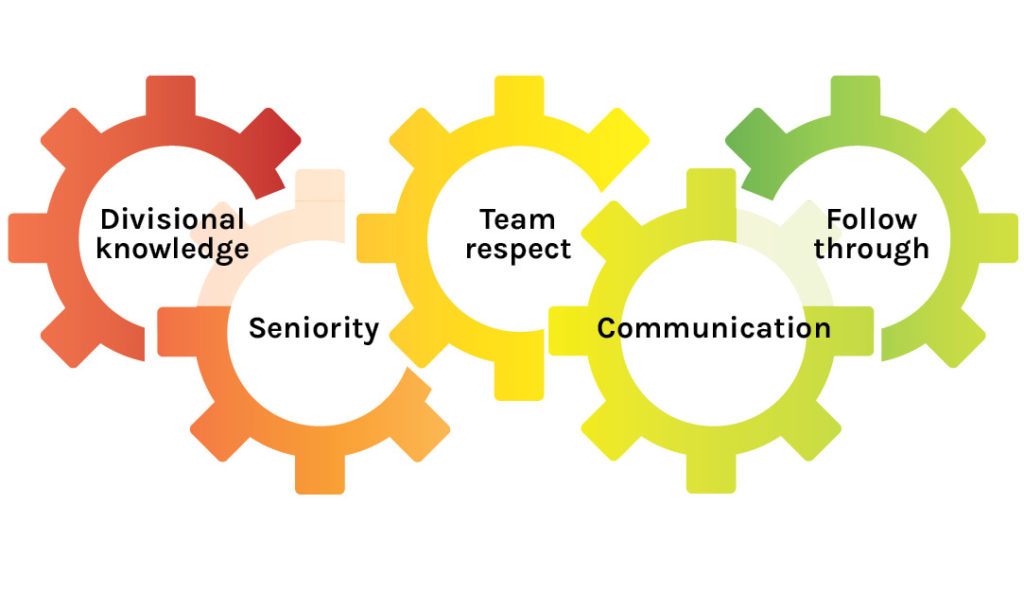
2. Determine the research champion
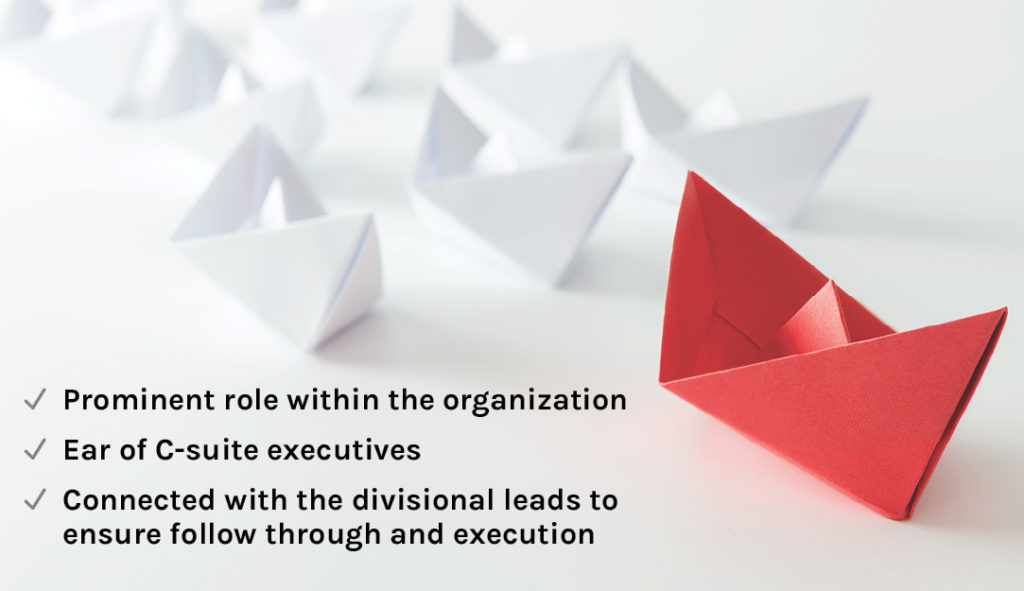
3. Co-create the research program
The core team is responsible for building out the research program, determining the metrics and deep-dive measures that will address the business issue. Working sessions are help within each division to share recommendations and ensure consensus and buy-in along the way. This ensures that the power of the results would be maximized and action taken.
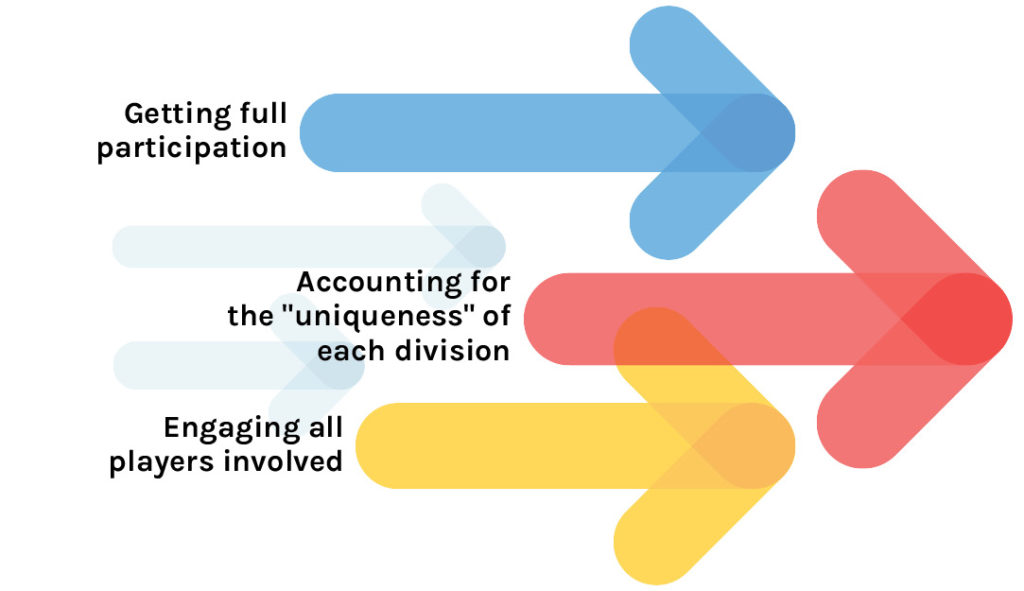
4. Agree on a rollout plan
The Gore core team determined that using a top-down approach would assure a successful first wave of alignment that would then create subsequent successful waves.
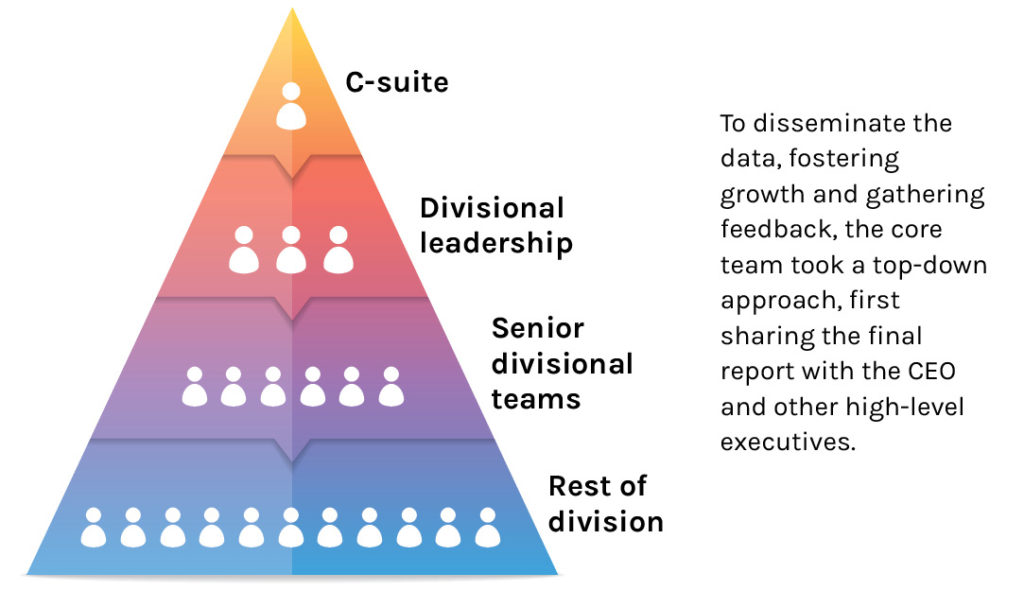
5. Develop a framework for integration.
The successful integration of the results relies on a well-defined framework that provides for identification of opportunity areas, evaluation progress, and implementing the change.
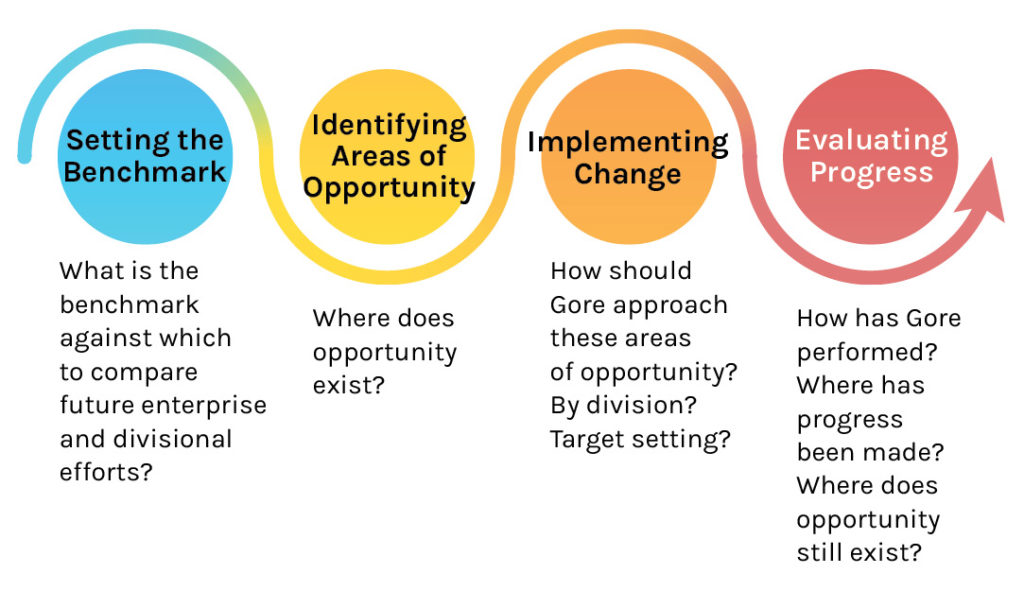
Looking to socialize your research for better decision-making and business results? Contact us.
Stay on top of the latest marketing trends and innovative insights approaches.